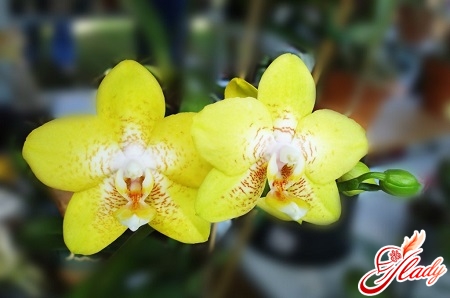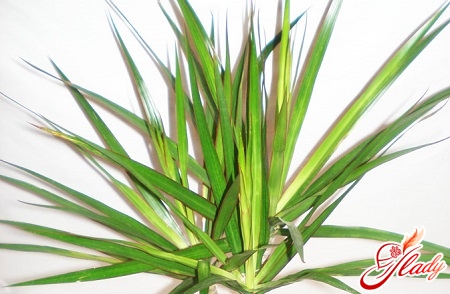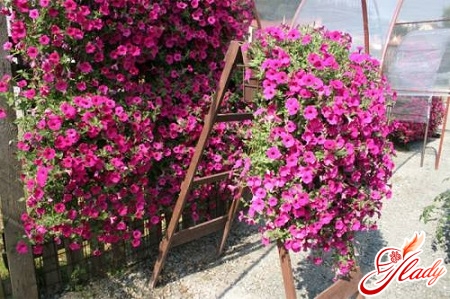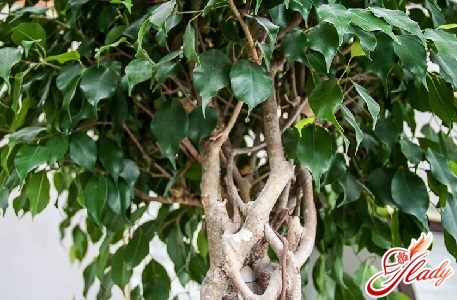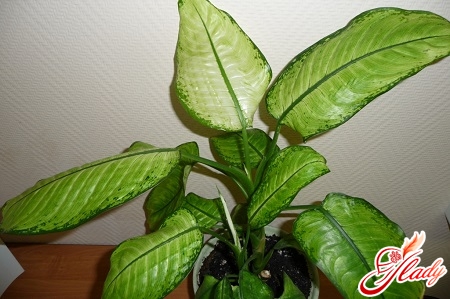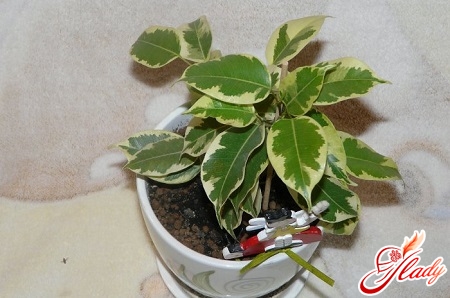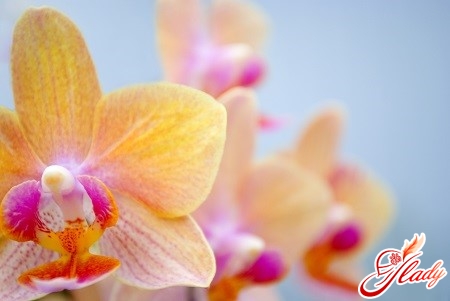 All orchid owners hope for themlong and abundant flowering. But sometimes the plant's dormant period can drag on. And then the question arises: "why doesn't the indoor orchid bloom?" Let's look together at the necessary conditions for orchids to bloom as long as possible.
All orchid owners hope for themlong and abundant flowering. But sometimes the plant's dormant period can drag on. And then the question arises: "why doesn't the indoor orchid bloom?" Let's look together at the necessary conditions for orchids to bloom as long as possible.
What do orchids need for a happy life?
It cannot be said that phalaenopsis is the mostdemanding indoor plants. It is quite easy to create favorable conditions for their flowering. The main thing is to observe literally two factors: the ratio of water and lighting. Most often, problems with this plant begin due to improper watering. It is widely believed that orchids should be watered no more than once every ten days, but this is not true. There is a direct relationship between the lighting of orchids, the temperature of their maintenance and their watering. As for the temperature, there is also a pattern here: the brighter the sun (the stronger the lighting), the higher the temperature. In such conditions, the flower actively absorbs water and builds up green mass or releases a peduncle. Orchid owners need to remember: the more light, the more often you need to water the phalaenopsis. If a blooming orchid, provided there is sufficient lighting, is watered in the “once every 10 days” mode, it will simply begin to eat itself. The liquid from the old tissues will go to create conditions for the emergence of new ones. As a result, the lower leaves will turn yellow, and the flowers will be small, and the flowering itself will not last long. Another very important condition for the successful maintenance of an orchid is the soil in which it grows. It is important that it is as breathable as possible. Do not forget - in nature, orchids grow directly on trees, their root system can easily rot if the soil is not selected correctly. By the way, looking at the aerial roots of the flower, you can judge how comfortable it lives. In natural conditions, the orchid is attached to the branch, but it does not feed on air, but searches for wood humus with the help of aerial roots, which accumulates in the cracks of the bark. Releasing new roots, the flower finds food for itself even on neighboring branches. So, if your orchid has grown very long aerial roots that strive to get into pots with other plants, think about whether it has enough nutrition? Usually, the less food an orchid finds in its native pot, the longer its aerial roots grow.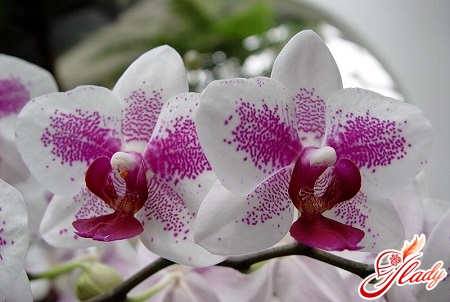
How to understand that it's time to water the orchid?
Let's say you just became the ownerphalaenopsis and, having carefully examined the roots in a transparent pot, decided that it was time to water it. However, to correctly assess the soil, just one glance is not enough. To finally understand whether it is necessary to water the plant or not yet, take a wooden stick and stick it into the soil. Now take it out and see if there are any traces of dampness on it? If the stick remains completely dry, the orchid can be safely watered, and if not, it is better to postpone this procedure for a couple of days. Phalaenopsis drink water only during the daytime, so there is no point in watering them at night. You can choose any method of watering: from immersing the pot with the plant in a basin to bathing in the shower. And in order to make it easier to understand in the future when to water the orchid, leave the wooden stick in the pot with the plant, by its dryness you can easily determine the need for water procedures.
A little bit about the flowering of orchids
Flower stalks emerge from the so-called dormantbuds, which are located between the leaves. If the conditions of keeping the plants are as close to natural as possible, the question of "why don't orchids bloom" will never arise - flower stalks will appear constantly. On average, the duration of flowering ranges from ten days to six months. After the plant has bloomed, you can never say with certainty how long it will take for it to bloom again. The only thing that can be said is that an adult and healthy plant should bloom at least once a year. If more than twelve months have passed since the last flowering, and the orchid is not going to throw out new buds, then:
- Your plant is in a stressful situation or is generally sick;
- You should carefully inspect the orchid for pests or fungi, and make sure that there is no decay of the root system;
- Reconsider the conditions of the flower and adjust the arrival of light and inputs.
If your plant for any reasonleft without roots, do not expect it to start blooming anytime soon. While there is no blooming, the orchid directs its energy to recovery, otherwise it may die. Perhaps due to improper care (in particular watering), the top of the phalaenopsis has rotted, where the growth point is, and now the plant is trying to grow lateral shoots. There is an opinion that orchids bloom immediately after transplantation. This is fundamentally wrong. A recently transplanted phalaenopsis will block the appearance of flower stalks for several months, because at the moment its main task is to gain a foothold in a new place.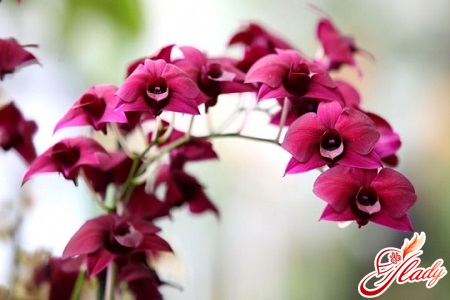
How to make an orchid bloom?
In some cases, orchids bloomdelayed even when creating the most favorable conditions. They begin to actively grow leaves and roots, but do not want to please with flower stalks. In this case, it is recommended to remind the plant of its native regime and simply stop watering. Often after such a shake-up, the orchid throws out a flower stalk, as it decides that a period of drought has come. After all, it is at this time that orchids bloom, being in natural conditions. Sometimes orchids do not bloom because there is no difference between day and night temperatures. Provide it with a difference of at least 4-5 degrees, and the problem will disappear - your orchid will definitely throw out a flower stalk. You need to feed the soil very carefully during the growth period, since excess fertilizers lead to the fact that the orchid begins to "grow fat" (intensively build up green mass), but refuses to bloom. When purchasing an orchid, do not forget to ask the store consultant what kind of care is needed for this particular type of plant. After all, improper maintenance can lead to the flower never delighting you with fragrant buds.




